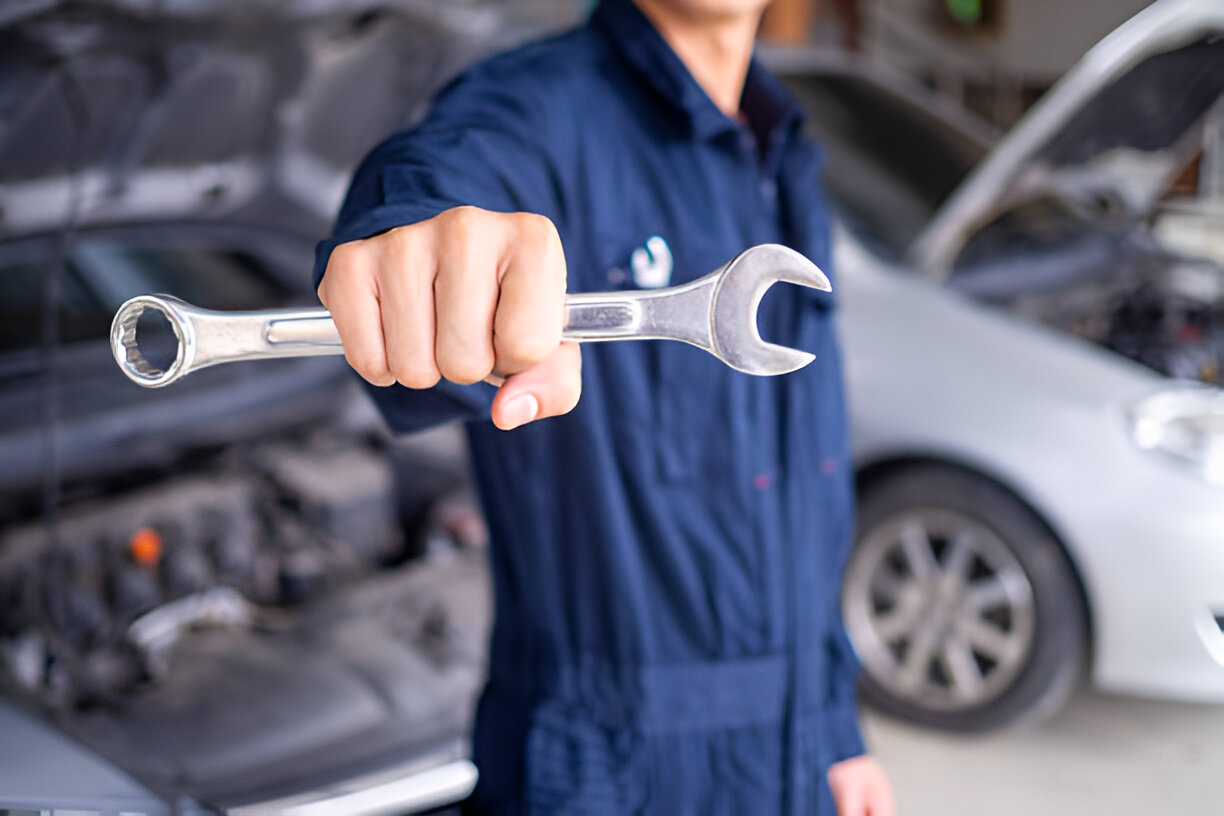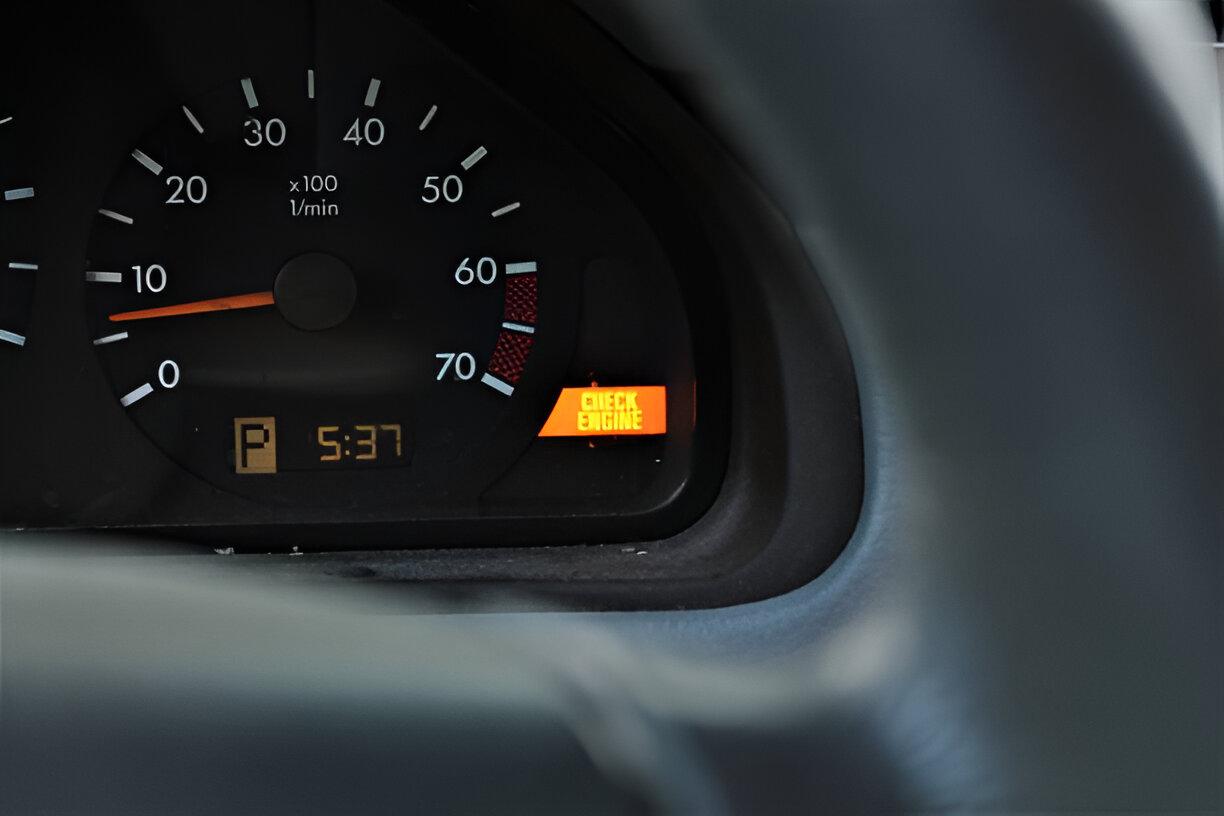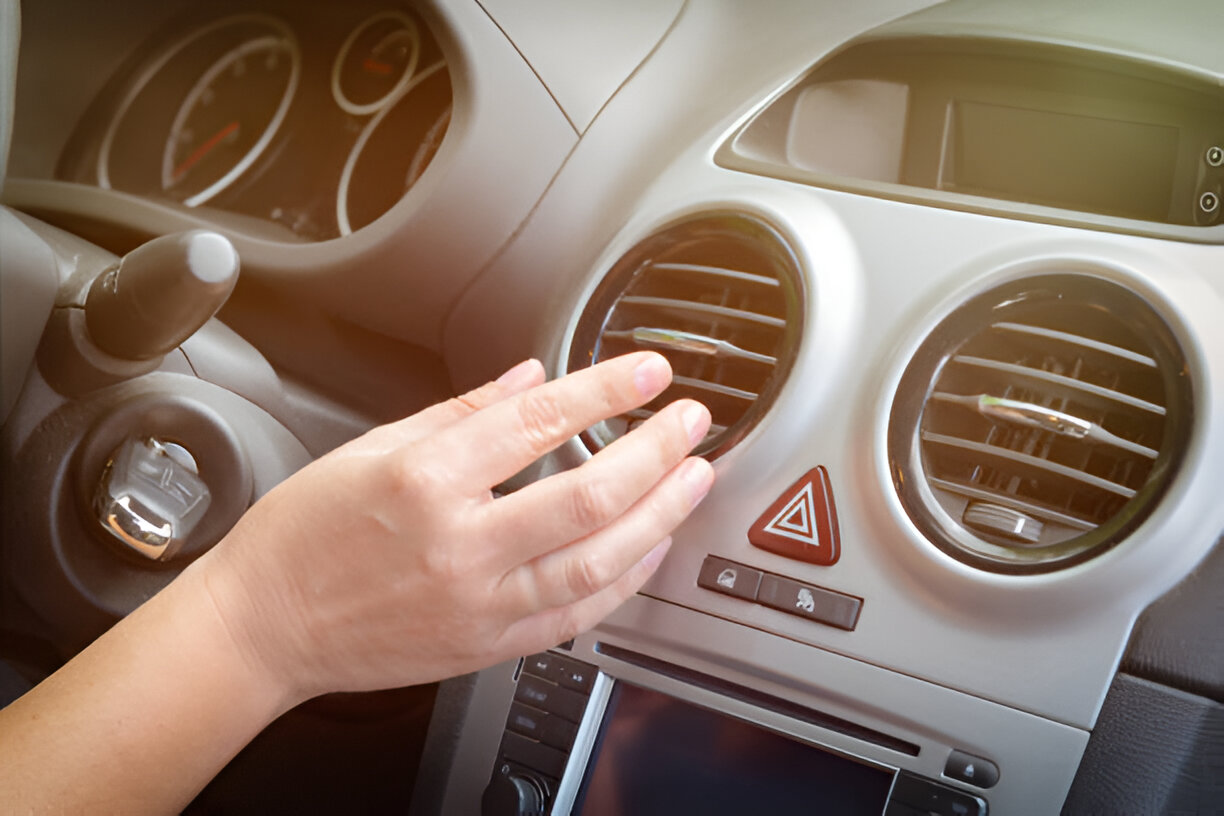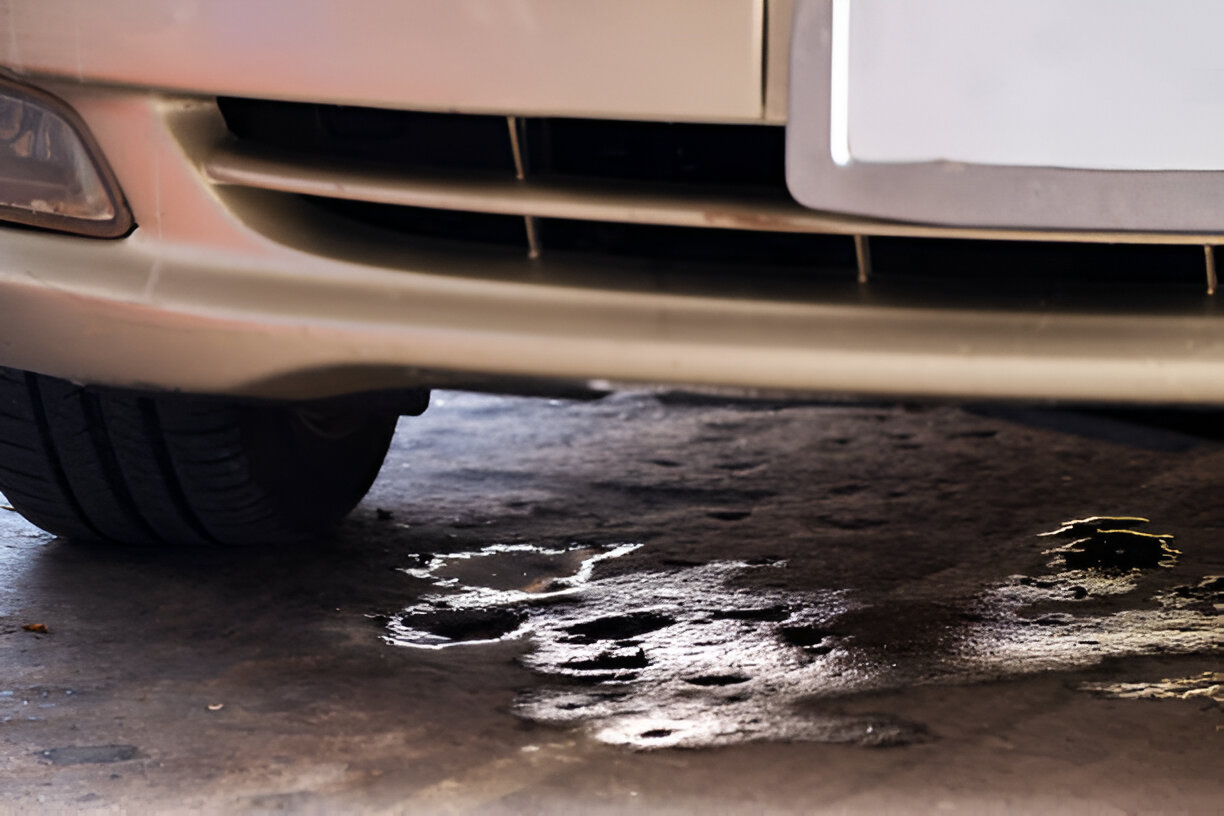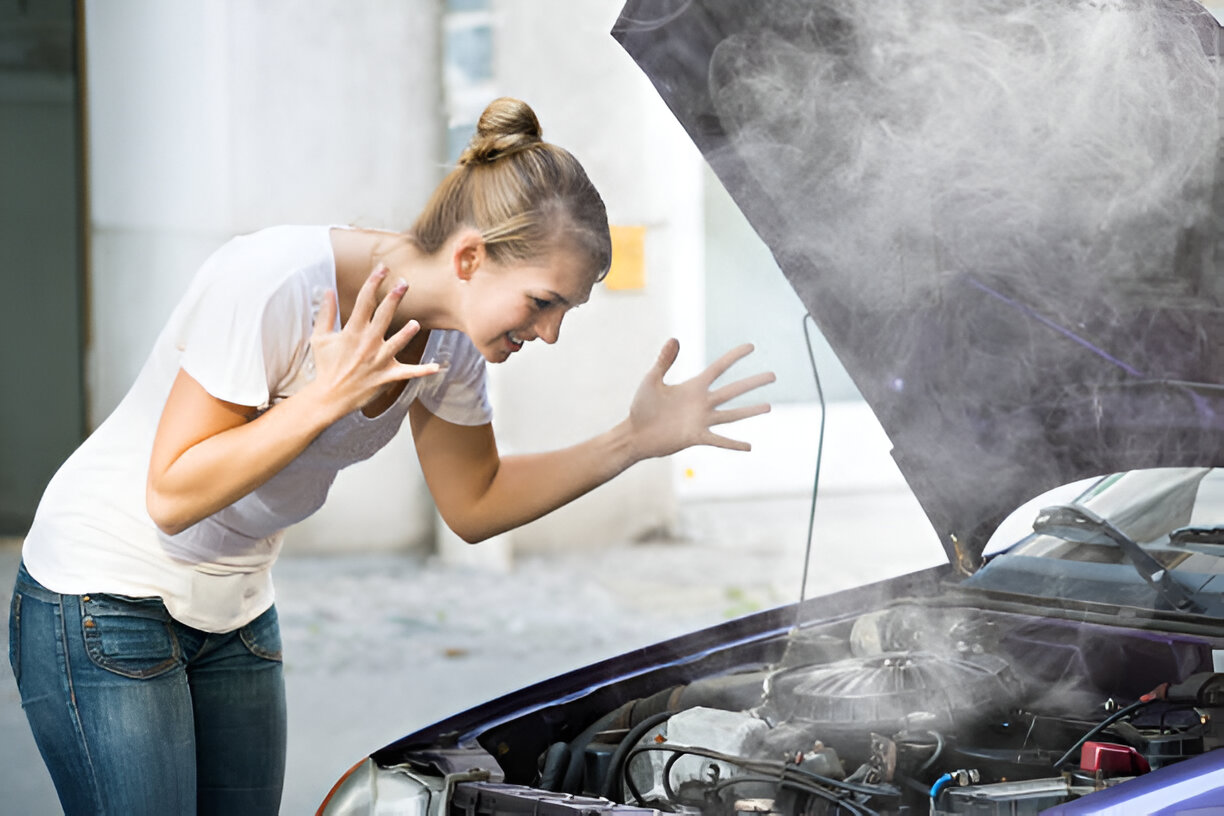Owning a car comes with the responsibility of regular maintenance and prompt repairs. While some issues may be minor and manageable on your own, others can signal more significant problems that require professional attention. Recognizing these signs early can save you from costly repairs and ensure your vehicle remains safe and reliable. Here’s a guide to help you identify when it’s time to take your car to a mechanic.
1. Warning Lights on the Dashboard

**1.1. Check Engine Light One of the most common indicators of a problem is the “Check Engine” light. This light can signify a range of issues, from minor to serious, such as a loose gas cap, failing spark plugs, or more severe engine problems. If this light comes on, it’s best to have a mechanic perform a diagnostic check to pinpoint the issue.
**1.2. Oil Pressure Warning Light The oil pressure warning light indicates that your engine may not be receiving adequate oil pressure. This could be due to a low oil level or a more serious issue such as a failing oil pump. Address this warning immediately to prevent engine damage.
**1.3. Battery Warning Light If the battery warning light appears, it may signal issues with the battery or the charging system. This could involve the alternator, battery, or related components. A mechanic can check these systems to ensure proper operation.
2. Unusual Noises

**2.1. Grinding or Squealing Brakes If you hear grinding, squealing, or squeaking noises when applying the brakes, it’s a sign that your brake pads may be worn out or that there’s an issue with the braking system. This is a critical safety concern and should be addressed immediately by a mechanic.
**2.2. Engine Knocking or Tapping Engine knocking or tapping noises can indicate problems such as low oil pressure, worn engine components, or issues with the fuel system. These noises should be investigated promptly to avoid potential engine damage.
**2.3. Hissing or Squealing from the Engine Hissing or squealing sounds from the engine could point to a problem with the serpentine belt or a cooling system leak. A mechanic can inspect these components to identify the source of the noise and perform necessary repairs.
3. Changes in Vehicle Performance

**3.1. Loss of Power If you experience a noticeable loss of power or acceleration, it could indicate issues such as a clogged air filter, fuel system problems, or issues with the ignition system. A mechanic can diagnose the cause of the reduced performance.
**3.2. Rough Idling or Stalling Rough idling or stalling can be caused by various issues, including problems with the fuel injectors, ignition system, or idle air control valve. A mechanic can identify the underlying problem and make necessary adjustments or repairs.
**3.3. Difficulty Steering If you notice that your steering feels heavy, unresponsive, or makes strange noises, it could be a sign of issues with the power steering system. This could be due to low fluid levels, a failing pump, or problems with the steering rack.
4. Fluid Leaks

**4.1. Oil Leaks Oil leaks are often indicated by dark, greasy spots under your vehicle. If you notice oil leaking, it’s important to have a mechanic inspect the source of the leak to prevent engine damage and ensure proper lubrication.
**4.2. Transmission Fluid Leaks Transmission fluid leaks are usually indicated by red or brown fluid on the ground. If you suspect a transmission fluid leak, it’s crucial to have it checked, as low transmission fluid levels can lead to transmission damage or failure.
**4.3. Coolant Leaks Coolant leaks can lead to engine overheating and are often identified by green, orange, or pink fluid under the car. A mechanic can check for leaks and ensure that your cooling system is functioning correctly.
5. Unpleasant Odors

**5.1. Burning Smell A burning smell could indicate a variety of issues, such as overheated brakes, burning oil, or electrical problems. If you detect a burning odor, it’s important to have your vehicle inspected to identify and address the problem.
**5.2. Sweet Smell A sweet smell often indicates a coolant leak, as coolant typically has a sweet odor. This could be a sign of a problem with the radiator, water pump, or hoses, which should be addressed promptly.
**5.3. Rotten Egg Smell A rotten egg smell is usually associated with a problem with the catalytic converter or exhaust system. This could indicate that your vehicle is not burning fuel efficiently, and a mechanic should inspect the exhaust system.
6. Handling Issues
**6.1. Vibration or Shaking Excessive vibration or shaking while driving can be caused by issues such as unbalanced tires, worn-out suspension components, or problems with the drivetrain. A mechanic can diagnose and correct these issues to ensure a smooth driving experience.
**6.2. Pulling to One Side If your car pulls to one side while driving, it could be a sign of alignment issues or problems with the suspension system. Proper alignment and suspension repairs are necessary to ensure safe and stable handling.
Conclusion
Being attentive to your vehicle’s behavior and addressing issues promptly can help prevent minor problems from escalating into major repairs. If you notice any of the signs mentioned above, it’s wise to consult a professional mechanic. Regular maintenance and timely repairs will not only extend the life of your vehicle but also ensure your safety on the road.


